Cavitation of liquid ring vacuum pump
Analysis and solution of liquid ring vacuum pump cavitation phenomenon Liquid ring vacuum pump (example: 2BV/2SK/2BE/SK), when working, at a certain temperature, when the liquid pressure at low pressure is lower than the vaporization pressure at that temperature (ie Saturated vapor pressure), the liquid begins to vaporize to generate bubbles, and as the liquid enters the high pressure zone, the bubble bursts, and the surrounding liquid rapidly fills the original bubble cavity, causing a hydraulic impact. The phenomenon of the generation, development and rupture of such bubbles is called cavitation.
During the operation of the liquid ring vacuum pump, the absolute pressure in the suction zone is consistent with the absolute pressure of the pumped system. That is to say, the higher the degree of vacuum of the pumped system, the higher the degree of vacuum in the suction area.
Liquid ring vacuum pumps require a liquid as the working medium. Each liquid has a corresponding saturated vapor pressure at a certain temperature. The closer the absolute pressure in the suction zone is to the saturated vapor pressure of the liquid, the closer the liquid is to the boiling state. At this time, a large amount of bubbles will be generated on the surface of the working fluid in the suction zone, and the pumping capacity of the pump will be reduced due to the working fluid vapor generated by the liquid in the working chamber occupying a part of the working cavity. When the pressure in the suction zone reaches the saturated vapor pressure of the working fluid, it can be considered that the working chamber is completely filled with the working fluid vapor. At this time, the external suction capacity of the pump is close to zero, and the cavitation phenomenon of the pump is also the most serious.
If the working fluid is water, the higher the water temperature, the more the pumping performance of the pump drops. The cavitation damage of the liquid ring pump is the same as the cavitation damage of the centrifugal pump. It is in the part where the bubble is generated and broken, and the surface of the metal is pitting, and the honeycomb damage is serious. If the vacuum pump impeller has a large residual stress in the cavitation part, it will also cause stress release and cracking.
Due to the cavitation of the pump, the bubble bursts continuously in the high pressure zone, and the accompanying strong water hammer generates noise and vibration. You can hear the sound of a smashing like a bean. The measured results show that the vibration frequency caused by cavitation ranges from 600 to 25000 Hz and the pressure reaches 49 MPa.
If the above bubbles break on the metal surface, the metal surface will be subjected to a continuous strong water hammer, pitting, metal grains loose and peeled off into a honeycomb shape, or even perforation. In addition to mechanical action, cavitation damage is accompanied by many complicated functions such as electrolysis and chemical corrosion. The actual damage indicates that the part of the pump overcurrent component that is cavitation damage is where the bubble disappears.
Preventive measures and elimination methods of cavitation
The long-term operation of the liquid ring vacuum pump in the cavitation state will cause the noise and vibration of the pump to become large, and even damage the pump. Therefore, the liquid ring vacuum pump should be avoided in the cavitation state as much as possible. The following methods can be used:
1. Reducing the temperature of the working fluid Under the premise that the working point of the liquid ring vacuum pump is a fixed value, reducing the temperature of the working fluid can achieve the effect of preventing cavitation.
2. The vacuum pump is operated in a safe area to improve the accuracy of the selection. In the selection stage, when selecting the suction pressure of the liquid ring vacuum pump and the temperature of the working fluid, try to avoid the pressure range in which the liquid ring pump is prone to cavitation.
3. When the bubble generated during the cavitation protection pipeline or the one-way valve cavitation is ruptured during the compression process, the non-condensable gas with higher pressure is introduced from the outside to replenish the space due to bubble rupture in time, which can greatly Reduce the damage of the cavitation to the pump and reduce the noise and vibration caused by cavitation.
2BV and 2BE1 are provided with a cavitation protection interface. When the pump cavitation occurs, the cavitation protection interface from the exhaust side of the pump is filled with non-condensable gas to eliminate cavitation noise and greatly reduce the damage of the cavitation to the pump.
4. With the atmospheric ejector such as the liquid ring vacuum pump suction port equipped with an atmospheric ejector, the liquid ring pump is not prone to cavitation.
5. Use a liquid with a lower saturated vapor pressure as the working fluid.
6. The impeller and disc of the pump are made of materials with strong cavitation resistance.
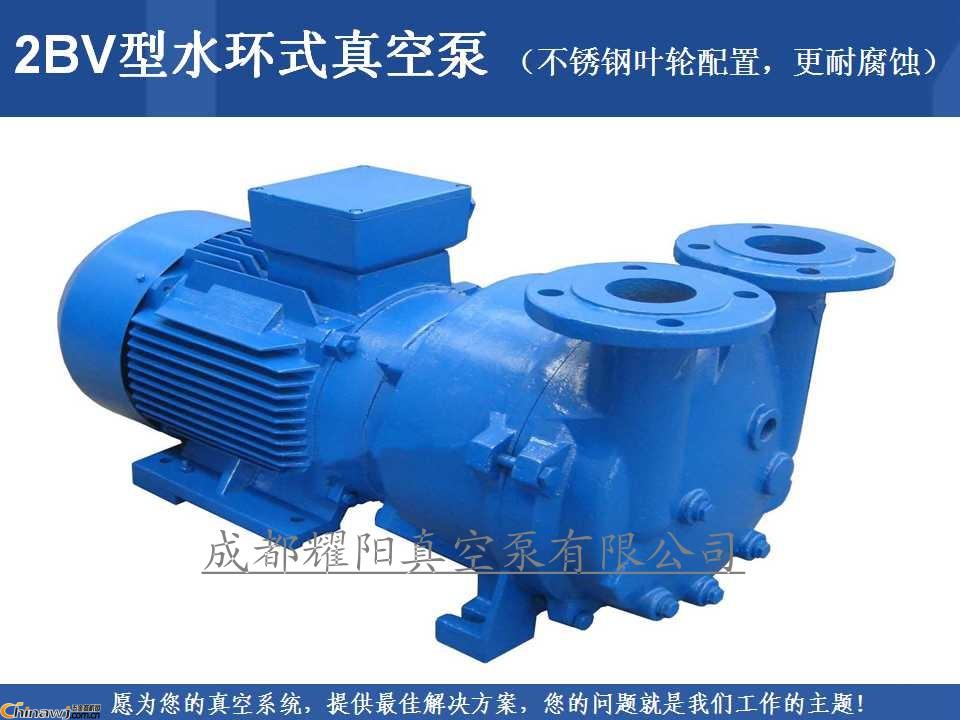
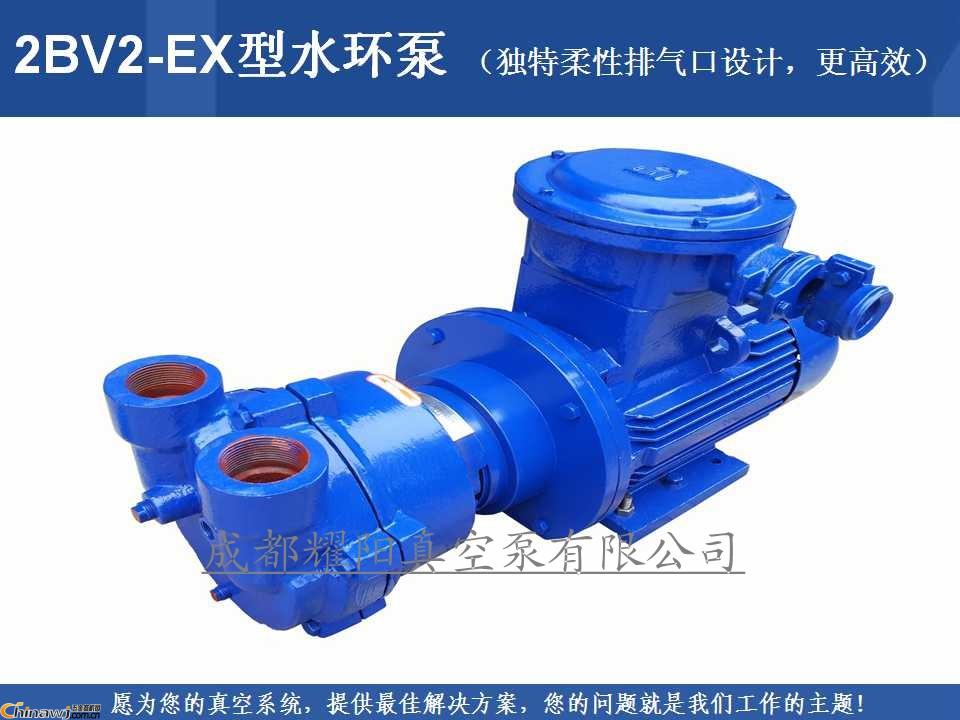
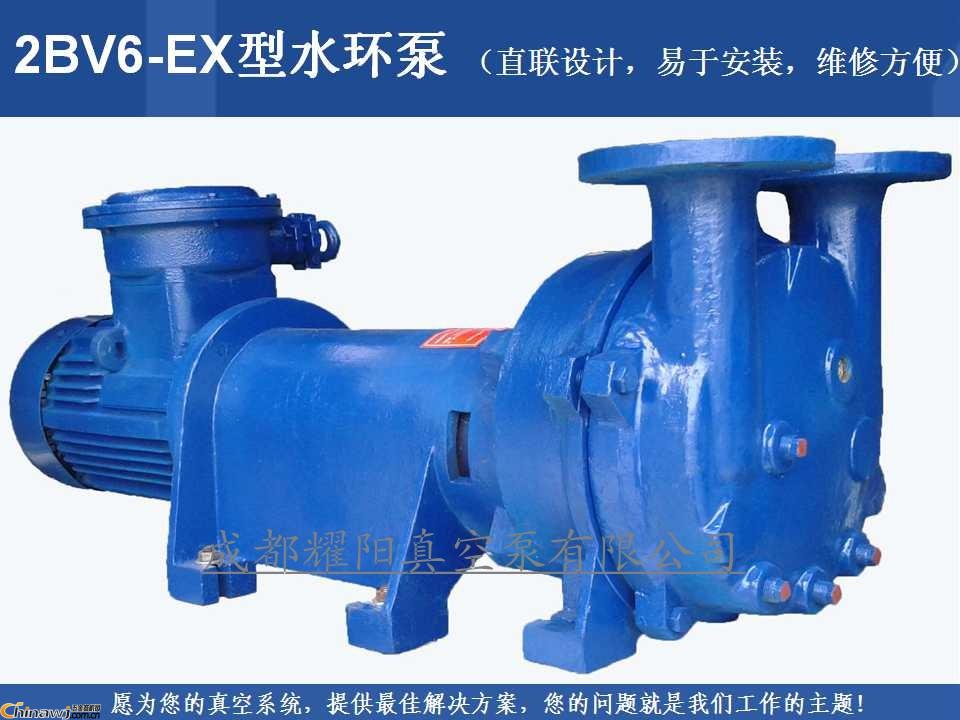
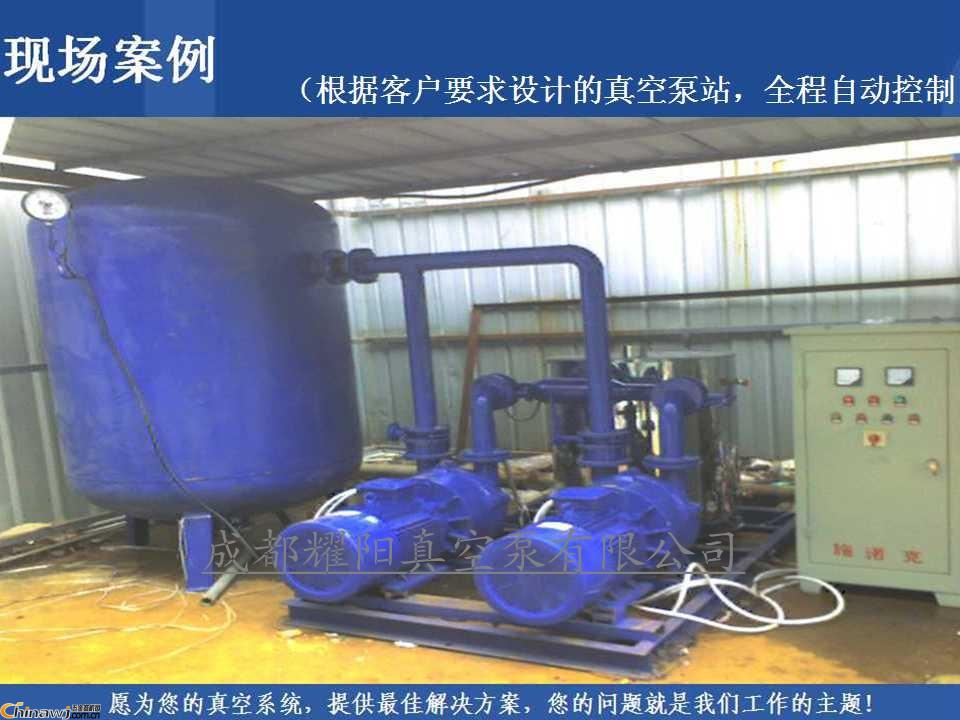
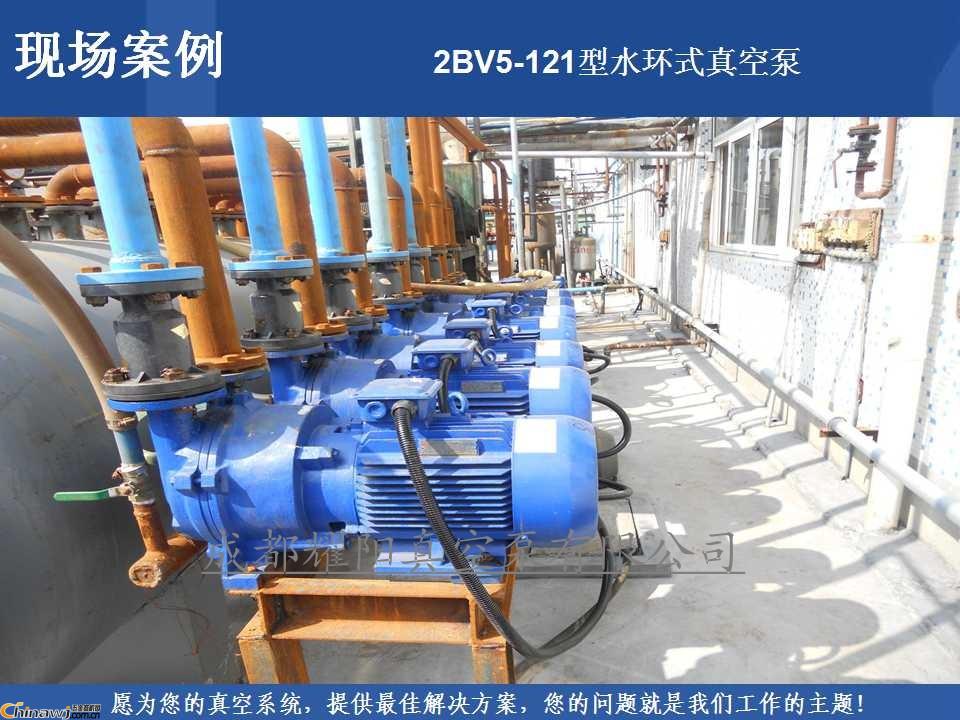
Http://news.chinawj.com.cn
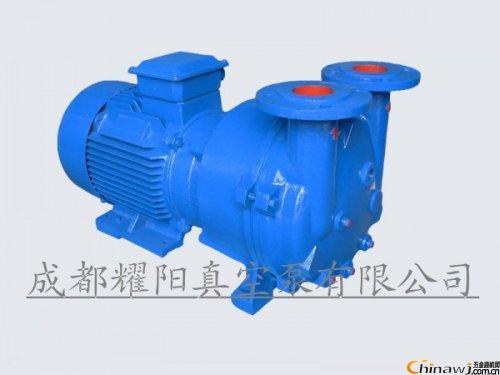 Editor: (Hardware Business Network Information Center) http://news.chinawj.com.cn
Editor: (Hardware Business Network Information Center) http://news.chinawj.com.cn 
we produce rare earth magnesium ferrosilicon 5000mt/year,we export the material to japan,india,Europe ect.
specifications:A:fesimg6re1:Re:0.5-2% mg:5-7% ca:1.5-3% si:44-48%
B:fesimg7re3:Re:2-4% mg:6-8% ca:1.5-3% si:44-48%
C:fesimg8re3:Re:2-4% mg:7-9% ca:1.5-3% si:44-48%
D:fesimg25re1:Re:2-4% mg:25-30% ca:1.5-3% si:44-48%
Rare Earth Magnesium Ferro Silicon
Rare Earth Magnesium Ferro Silicon,Custom Rare Earth Magnesium Ferro Silicon,Metal Alloys Magnesium Nodulizer ,Rare Earth Magnesium Ferro Silicon Nodulizer
Shizuishan Ketong Metallurgy Industry And Trade Co., Ltd. , https://www.ketongmetallurgy.com